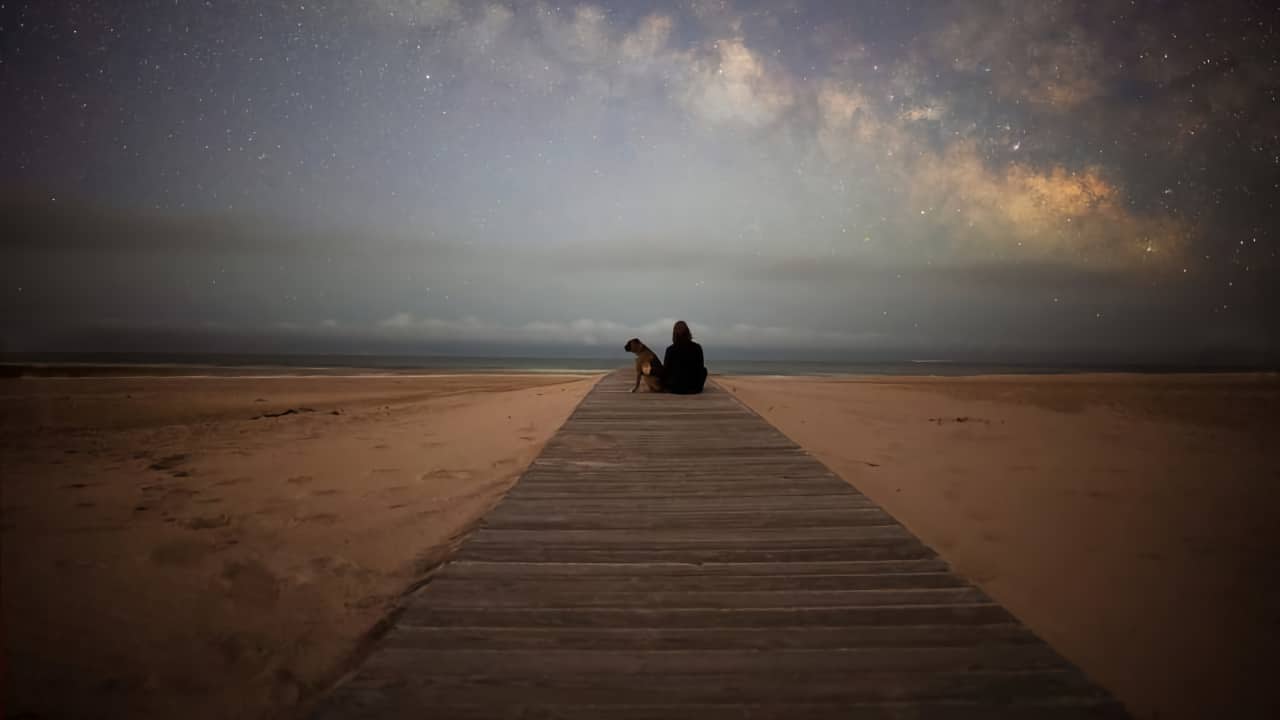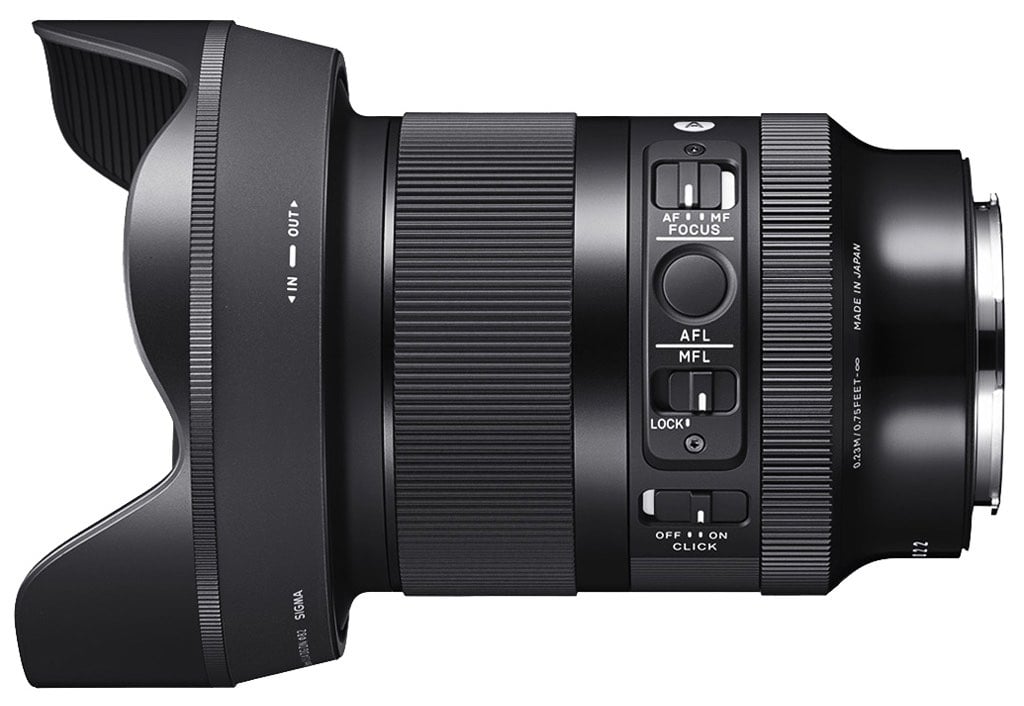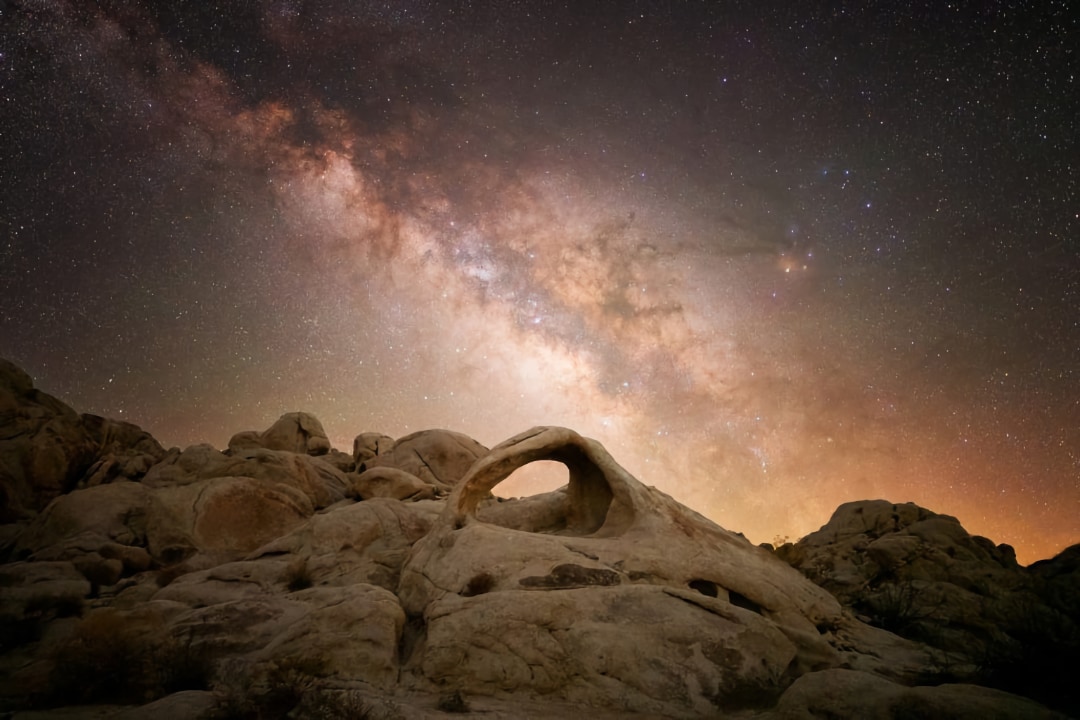
Sigma’s just released two new lenses, the 20mm F1.4 DG DN ART & 24mm F1.4 DG DN ART. And we could talk about their features, or we could talk about how they showcase what they can do with a blog post about astrophotography. Today, astrophotography wins.
Oh okay, a bit about the lenses.
The 20MM F1.4 DG DN | Art is billed as the world's first 20mm F1.4 full-frame mirrorless lens. Like its sister, the 24mm F1.4 DG DN ART, it’s available in Sony E-Mount and Leica L-Mount versions. The optical design consists of 17 elements arranged in 15 groups, which include two SLD elements, three aspherical elements, and what the company says is the largest double-sided aspheric glass front element in its history. It’s been designed to suppress aberrations such as sagittal coma flare or image distortion to produce highly-detailed images with exceptional sharpness and accuracy from the centre to the furthest corners.
Which is exactly what it has done here. As Jack Fusco says in his blog on the Sigma website about taking the new 20mm out for an astrophotography test drive, “With each image, I take a moment to review and answer the question that every astrophotographer will be asking. How do the stars in the corners look?”
The answer, he says in his caption to the title pic above, is positive. “[This is] one of my first shots with the SIGMA 20mm F1.4 DG DN | Art, close to home at Assateague State Park off the Maryland coast. Corner to corner, the stars are sharp as a tack.”

There are a few other little things about the lens he loves for astro work: a retainer near the front element to help securely hold a lens warmer; and a switch on the lower side of the lens that will disable the focus ring while in manual focus. “That means once you’ve manually dialed in your focus to infinity at the start of the night, you simply hit the Manual Focus Lock (MFL) switch and you’re set.”
Okay, back to the features. Both lenses have a de-clickable aperture ring and fast silent AF for video work. They’re lightweight (the 20mm is 635g, the 24mm is 520g), have a dust and splash resistant structure, and a water and oil repellent coating.
Pricing is £716.66 (ex VAT) for the 20mm, £649.99 ex VAT for the 24mm. Clear skies and fabulous locations not included.

Pic: Jack Fusco, taken in Joshua Tree National Park
Tags: Production


Comments